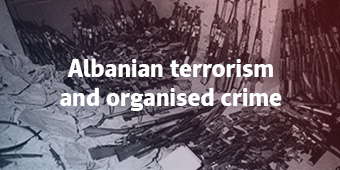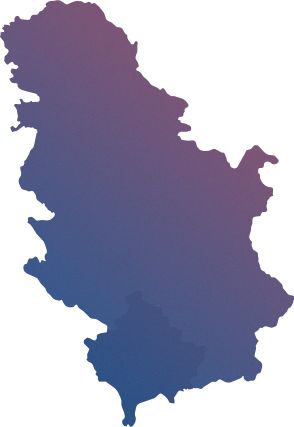
- Serbia
Get to know Serbia
- Citizens
Culture and science
Health services
Pension and disability insurance
- Business
Employment
Economy
- Media
- Government
- Contact
Keep in touch
Keepin touch
Whether you have a question, comment, suggestion or any problem in the purview of the government, send us your message and we will try to respond as soon as possible. If your problem is not in our purview, we will forward your message to the relevant institution.
The March Pogrom (2004)

The Serbian government launches this website with the aim of reminding the foreign public once more of the gravity of situation of human rights facing Serbian and other non-Albanian populations in Kosovo-Metohija. With the arrival of international forces and the establishment of institutions of international administration in the southern Serbian province on June 10, 1999, the problem of Kosovo-Metohija has not been solved. In the past eight years, the remaining Kosovo Serbs and other non-Albanian ethnic communities have been forced from their homes while at the same time suffering the destruction of the property, graves and cultural heritage (churches and monasteries) that are symbols of the centuries-old presence of the Serbian people in this territory.
The violence spurred by ethnic Albanian extremists and ethnic cleansing of the Serb population on March 17 and 18, 2004, have shown once again that the existing provincial institutions, as well as the institutions of the international administration in Kosovo-Metohija, have failed to complete their mission and have not secured a real functioning and existence of a multi-cultural society in the province. On this page, apart from information on the situation in which Serbs and other non-Albanians in Kosovo-Metohija live and the Serbian government’s efforts to resolve problems in the province, visitors will also be able to view a number of documents and evidence that are not available in other media, as well as a documentary on endangered human rights in Kosovo-Metohija.
Here you can download chapters of the book: “March Pogrom in Kosovo-Metohija”, published by the Serbian Ministry of Culture and (dislocated) Pristina Museum in 2004.
The Fate of Cultural Heritage in Kosovo and Metohija (PDF, size 864KB)
Religious Objects and Cultural Properties Destroyed in the March Pogrom (PDF, 3.48MB)
Destroyed and Damaged Cultural Properties in Kosovo and Metohija 1999-2004 (PDF, 3.41MB)
Cultural Properties at Risk in Kosovo and Metohija (PDF, 4.63MB)
Bibliography (PDF, 536KB)
Kosovo and Metohija
-
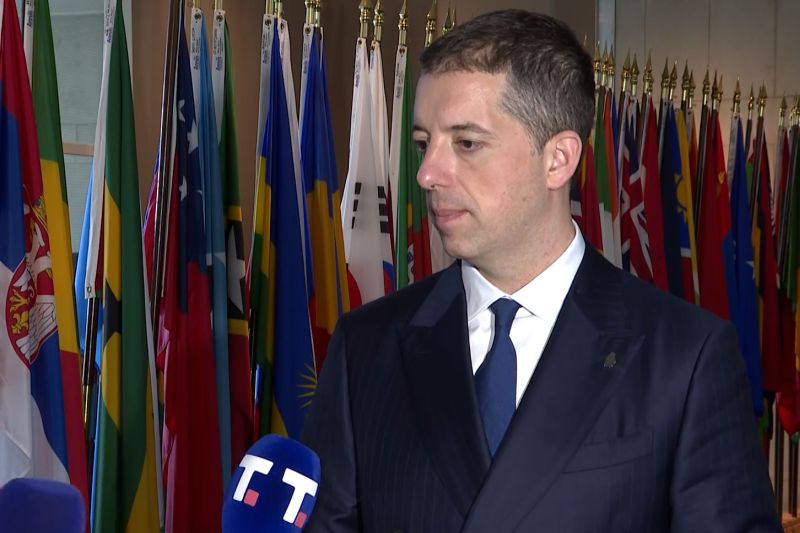 Belgrade/New York, 9 April 2025
Belgrade/New York, 9 April 2025Truth about difficult situation of Serbian people in Kosovo and Metohija presented at UN SC session
-
 Belgrade/New York, 8 April 2025
Belgrade/New York, 8 April 2025Facts about position of Serbs in Kosovo and Metohija must serve as alarm for international community
-
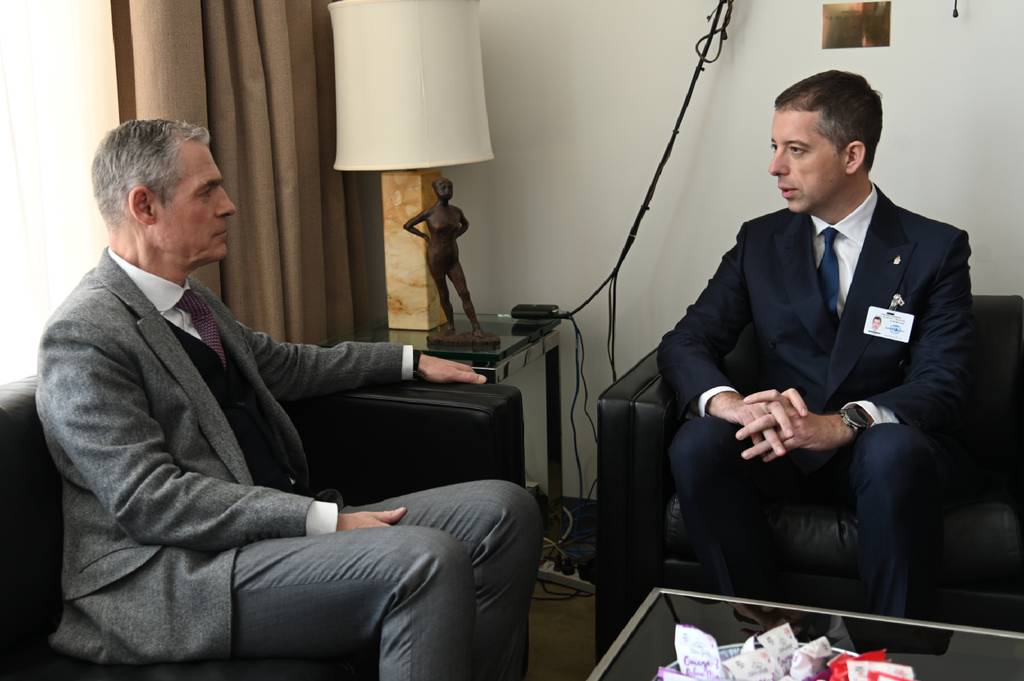 Belgrade/New York, 8 April 2025
Belgrade/New York, 8 April 2025Dialogue only way to achieve sustainable solutions in Kosovo and Metohija
-
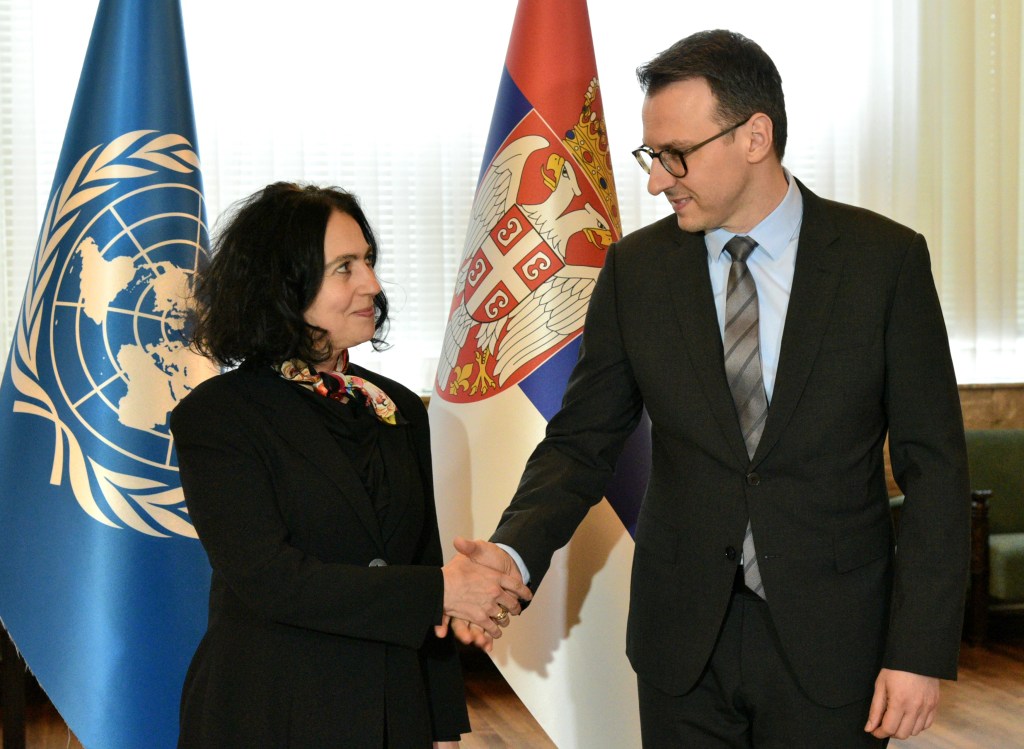 Belgrade, 7 April 2025
Belgrade, 7 April 2025UN’s role irreplaceable in preserving peace in Kosovo and Metohija
-
 Belgrade, 25 March 2025
Belgrade, 25 March 2025Belgrade insists on full implementation of agreements reached on Kosovo and Metohija
-
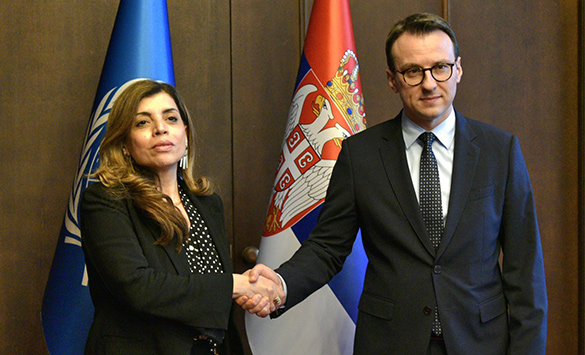 Belgrade, 24 March 2025
Belgrade, 24 March 2025Elementary existence of Serbs in Kosovo and Metohija under threat
-
 Belgrade, 17 March 2025
Belgrade, 17 March 2025Serbia not to give up on demand to punish those responsible for March pogrom
-
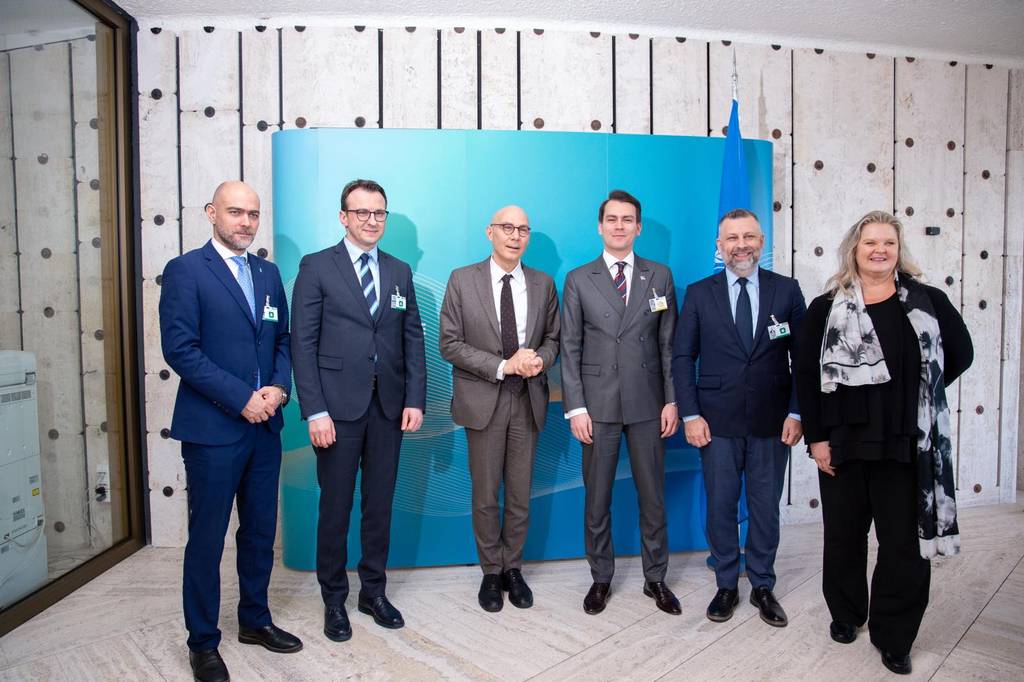 Belgrade/Geneva, 25 February 2025
Belgrade/Geneva, 25 February 2025UN urged to use available mechanisms to stop Priština’s terror
-
 Belgrade, 24 February 2025
Belgrade, 24 February 2025Petković at UN Human Rights Council session in Geneva
-
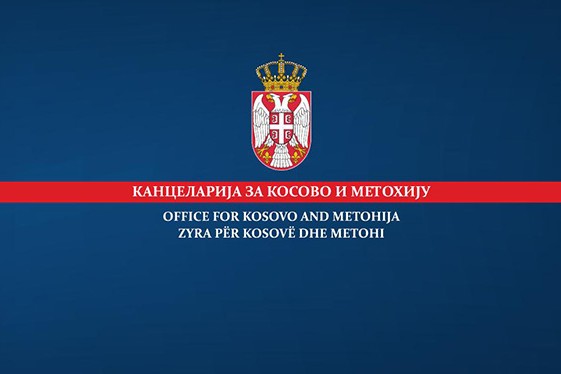 Belgrade, 10 February 2025
Belgrade, 10 February 2025Đorić family home stoned in Lipljan








